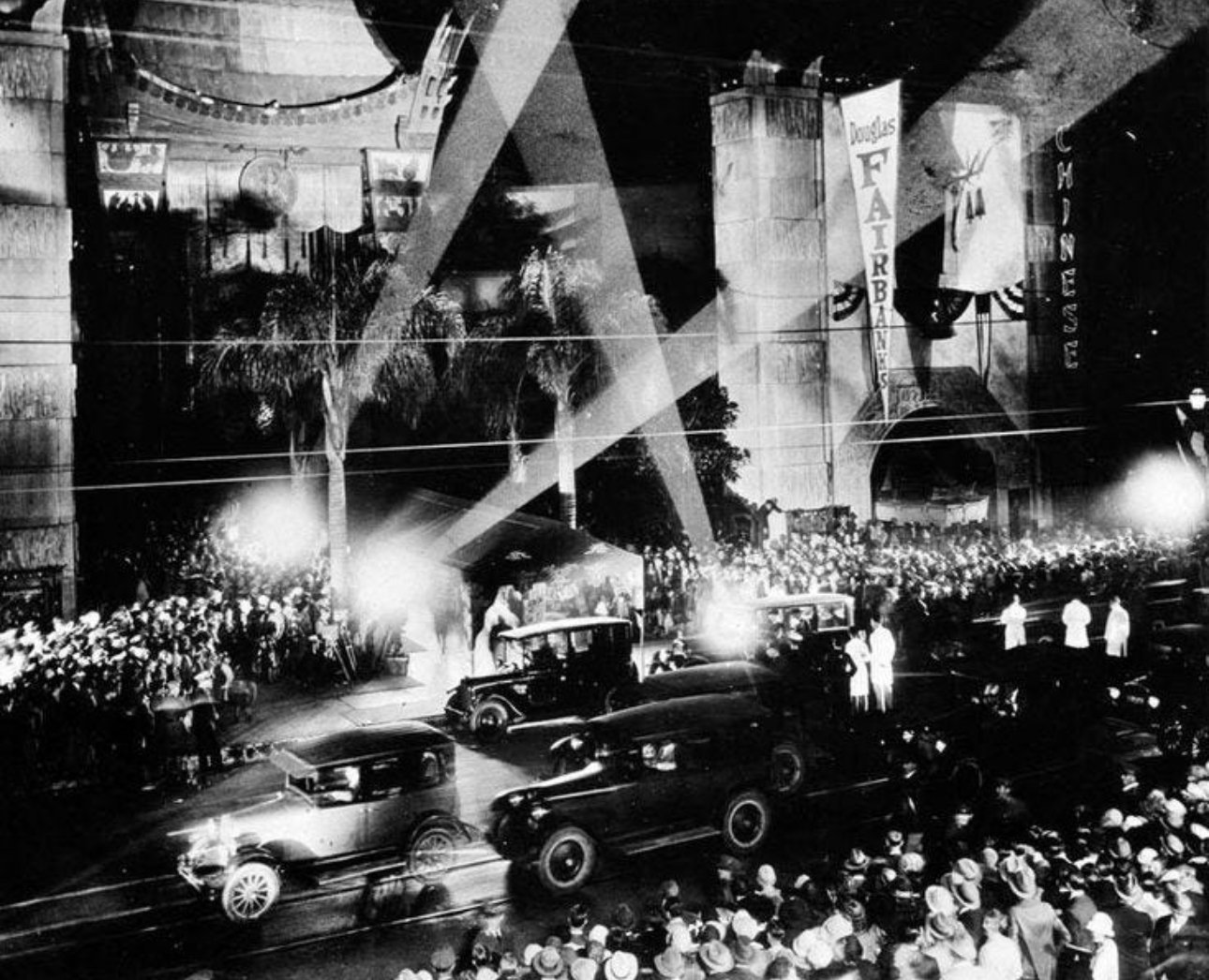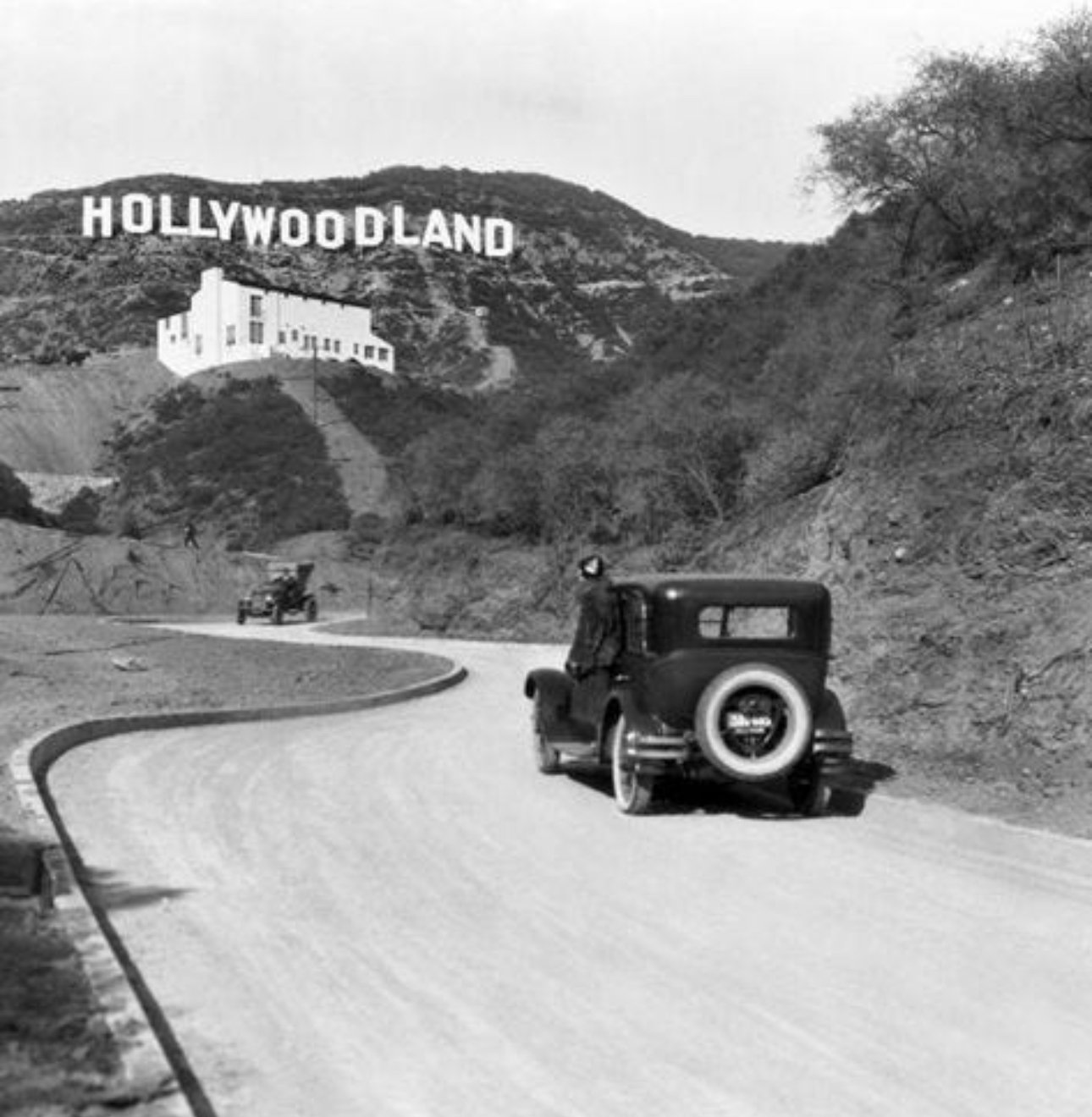Classic Stars, Modern Struggles: Old Hollywood vs. Today’s LA
By Natalie McCarty
I have always been incredibly drawn to the allure of Old Hollywood. From its glitz to its glamor to its films, music, architecture, fashion, style — the very essence of the lifestyle has always deeply captured my imagination.
When I hear the words “Old Hollywood,” I always think of James Dean, black and white films, Marilyn Monroe, red lipstick, Natalie Wood (my namesake), slick black dresses with big fur coats, and the most gorgeous cars.
Yet, with maturity came a sobering realization: behind the facade of charm lay a darker reality of addiction and exploitation, a narrative that taints the romanticized image of Old Hollywood. Corruption, then as now, seeped through the cracks beneath the glittering surface.
Amidst the sprawling narrative of Los Angeles, the transition from the golden age of Old Hollywood to the vibrant and bold present-day city embodies a journey of transformation and continuity.
Here, the past’s allure converges with the pulsating energy of modern LA, weaving together major struggles, cultural shifts, fashion trends, and landmark events.Though I recognize that while the charm of Old Hollywood may fade, its essence continues to inspire amidst the ever-evolving landscape of Los Angeles.
The Major Struggles:
In Old Hollywood, beneath the glittering façade, lay a harsh reality of power struggles and exploitation. The studio system controlled both talent and narratives, stifling creativity, silencing dissent, and perpetuating deep-seated racial and gender biases, relegating minorities and women to the sidelines.
While these challenges persist in modern-day Los Angeles, progress has been made. The entertainment industry is actively addressing diversity, representation, and inclusion to break down entrenched biases and stereotypes. The #MeToo movement has shed light on systemic abuses, leading to calls for accountability and change.
Diversity and representation are no longer mere buzzwords but essential for progress. Movements like #OscarsSoWhite and campaigns for equal pay signify an ongoing battle for a more inclusive and equitable Hollywood.
Culture:
The cultural landscape of LA has undergone a profound transformation since the days of Old Hollywood. While the golden era of cinema remains ingrained in the city’s essence, it now coexists with a dynamic tapestry of cultures and subcultures. From the vibrant Latino communities of East LA to the burgeoning art scene in Downtown, diversity isn’t just celebrated — it’s embraced as a defining characteristic.
Additionally, the advance and increase of accessibility to digital media and streaming platforms has democratized content creation, empowering a new generation of storytellers and artists–such as us here at Gut Instinct! Unlike the rigid studio system of the past, today’s LA is a melting pot of voices, perspectives, and narratives, reflecting the intricate complexity of the modern world.
The heartbeat of entertainment still resonates through LA’s timeless streets, with iconic landmarks like the Hollywood sign and historic theaters serving as reminders of its cinematic legacy. However, the narrative has expanded beyond studio backlots to encompass every facet of the city, from the graffiti-clad walls of the Arts District to the neon-lit stages of Sunset Strip.
Music has emerged as another defining aspect of LA’s cultural identity, with a diverse array of genres and artists finding a home in the city. From the smooth melodies of jazz to the raw energy of punk rock (like Skookum), LA’s sound mirrors its rich tapestry of cultures and communities, each contributing its own unique rhythm to the urban city.
Fashion:
Fashion has always been a defining feature of both Old Hollywood and contemporary LA, albeit expressed in contrasting ways.
In the golden era of cinema, epitomized by luminaries like Audrey Hepburn and Marilyn Monroe, elegance and sophistication reigned supreme. From impeccably tailored suits to sweeping gowns, Old Hollywood fashion exuded timeless allure and refinement.
In contrast, today’s LA embraces a more eclectic and diverse approach to fashion, mirroring the city’s vibe. Streetwear, vintage pieces, and avant-garde styles blend seamlessly, with influencers and trendsetters reshaping fashion norms and pushing boundaries.
In Old Hollywood, fashion was synonymous with all that glitters and is gold. Seeping with sophistication and class, stars set the benchmark for style. However, in new LA, the fashion scene is a vibrant fusion of influences. From the laid-back bohemian vibes of Venice Beach to the upscale boutiques of Rodeo Drive, LA’s diverse neighborhoods offer a rich array of expressions, each reflecting the unique spirit of its inhabitants.
Events:
From the epitome of Hollywood at the Oscars to the electrifying energy of Coachella, Los Angeles has been synonymous with star-studded events and cultural extravaganzas throughout its history.
In the days of Old Hollywood, glitzy premieres and award ceremonies captured global attention, solidifying LA’s position as the entertainment capital of the world.
Today, this tradition persists with a modern twist. While red carpets still unfurl for blockbuster premieres, LA’s event calendar has expanded to include a diverse array of festivals, conventions, and pop culture gatherings. From the pulsating beats of EDC to the indie vibes of Sundance, there’s something for everyone in the City of Angels.
In essence, the evolution from Old Hollywood to contemporary LA showcases the city’s resilience, adaptability, and enduring allure. Though much has changed over the decades, the spirit of creativity, innovation, and reinvention remains steadfast. As LA continues to evolve and redefine itself, the magic of Hollywood will forever be woven into the fabric of its identity.






